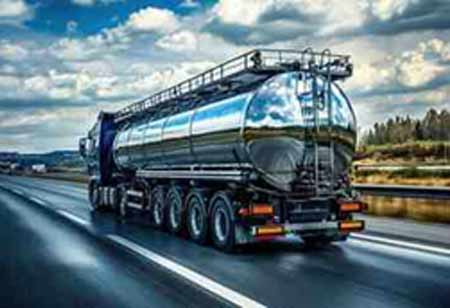Fremont, CA: The transportation of chemicals is a highly intricate aspect of global supply chains, involving complex logistics, rigorous safety regulations, and specialized machinery. Technological advancements are currently influencing the landscape of chemical transport. As industry connections become more diversified and environmental regulations grow stricter, there is a growing demand for operational changes. New digital tracking systems and greener transportation methods are emerging as part of this transformation, promoting safety, efficiency, and environmental responsibility.
Digitalization and Smart Logistics Solutions
Technological modernization is the most competent way of carrying chemicals. Digital tracking and monitoring systems ensure real-time visibility into cargo movement within shipments, thus ensuring safe and timely freight delivery. IoT devices integrated into tanks and containers collect temperature, pressure, and movement data, triggering alerts to operators for possible hazards before they become hazards. Those logistics tools, hence, enhance traceability and accountability throughout the entire journey.
Cloud-based platforms further facilitate centralized document, compliance data, and delivery timeline management. In these platforms, the communicating parties are shippers, carriers, and regulatory bodies; thus, they are also responsible for improving compliance attachments to international transportation laws while minimizing delays from paperwork errors or compliance issues.
Eco-Friendly Transportation Methods
The environmental footprint is now a primary concern in chemical supply chain logistics. Lower emissions have been demanded in transport modes drastically in response to the global sustainability goals being set and the evolving regulatory scene that further restricts carbon output. As a result, many companies are moving toward more sustainable practices, such as replacing roads with rail for long-distance transport or integrating electric and hybrid vehicles into their fleets.
Packaging innovations will make greener transportation possible. Designs used in reusable containers, better containment technologies, and leak-proof packaging reduce waste and enhance safety. Additionally, fuel savings can be realized by using route optimization software to identify the best delivery paths.
Effective developments are also being made to make more environmentally friendly fuels and establish infrastructure to support their use. This is particularly important for bulk and maritime transport, as pollution from big vessels has contributed significantly to environmental degradation.
Advancements in Safety Standards and Regulatory Practices
Chemical transportation is governed by the industry's strictest safety and regulatory standards. As regulations evolve, they are anticipated to advance further in terms of proactive risk management and digital compliance.
To meet these requirements, all transport companies must implement extensive staff training schemes, install secure containment systems, and set appropriate emergency response measures in line with national and international standards. AI-driven risk assessment tools and digital compliance checklists are becoming fundamental in addressing the increasingly complicated requirements in the legislation.
Moreover, data analytics is also used to identify patterns in incident reports, create prevention mechanisms in case of occurrence, and idealize safety protocols. These technologies avoid costly accidents and promote public and environmental safety.

